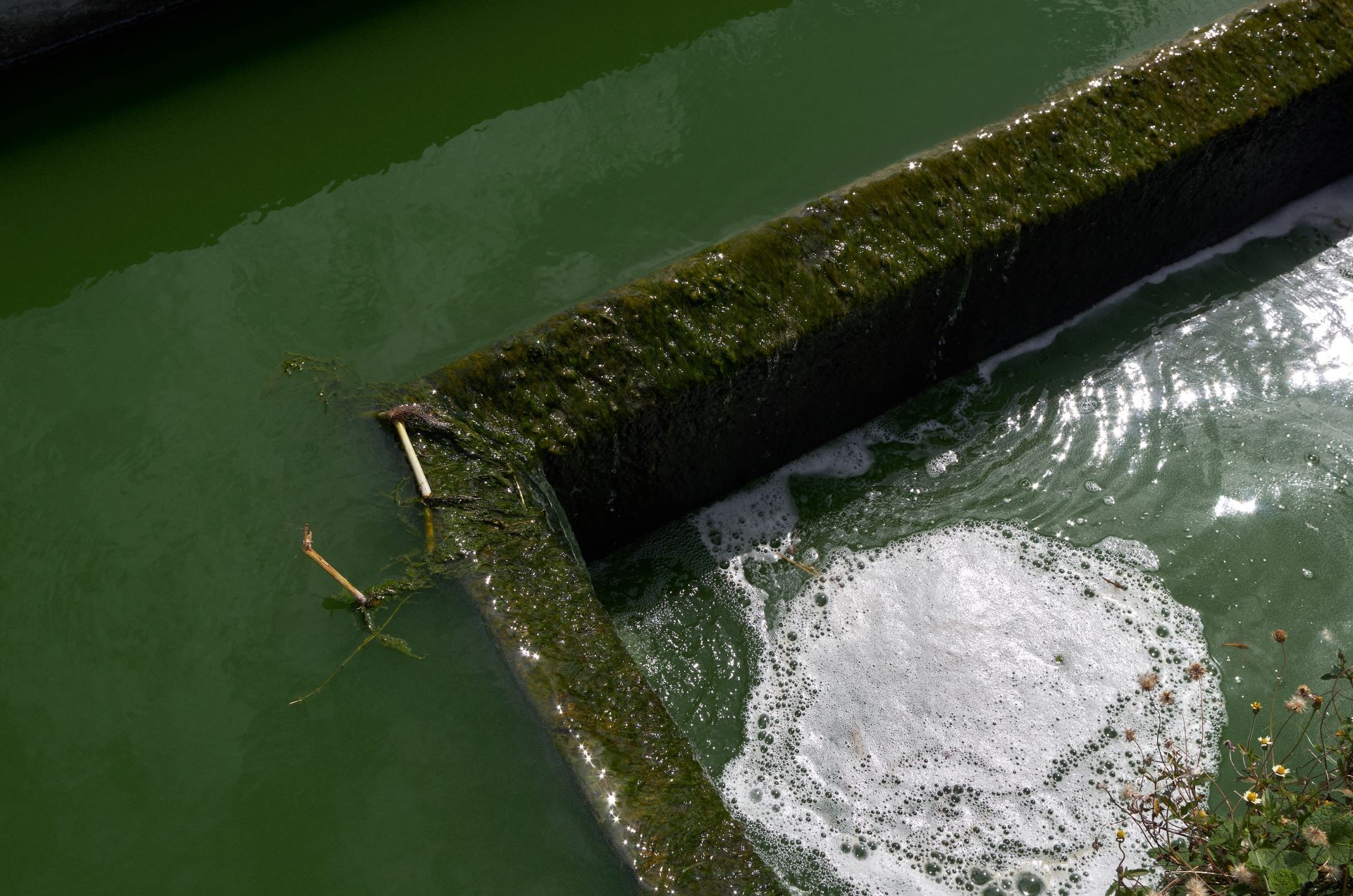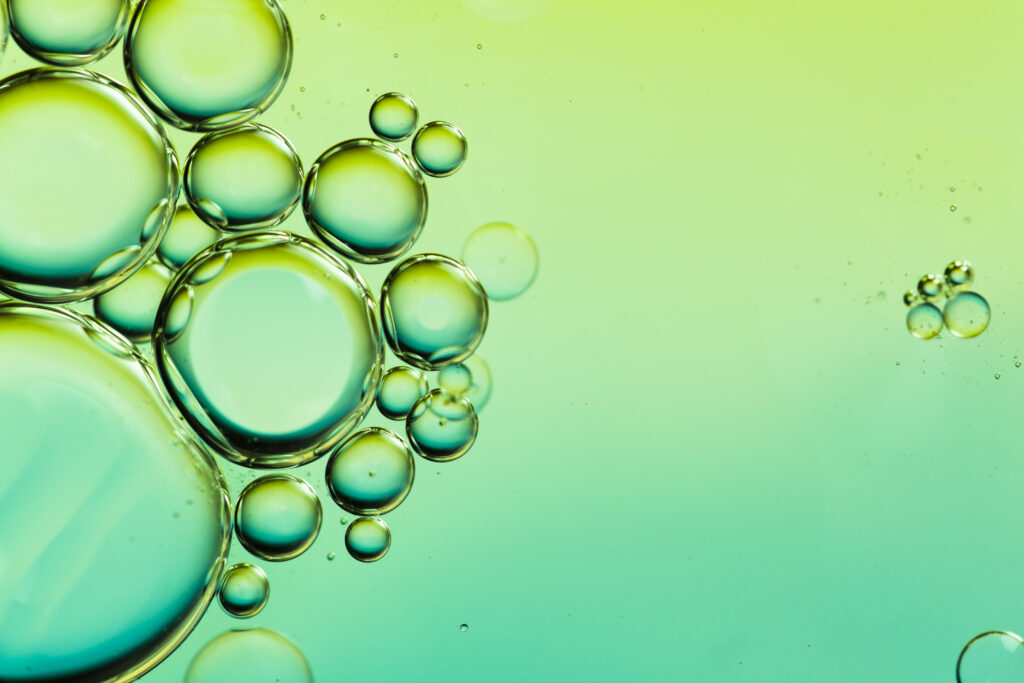Discover the Environmental Impact of Defoamers in Industrial Applications
Discover the Environmental Impact of Defoamers in Industrial Applications
Blog Article
Selecting the Right Defoamer for Your Specific Application Requirements
Selecting the ideal defoamer for particular application needs is a nuanced process that requires mindful factor to consider of numerous variables, such as the foam type, tool, and operating problems. Understanding the subtleties of defoamer efficiency-- consisting of rate and persistence-- while also accounting for regulatory and ecological aspects is essential.
Recognizing Foam Development
Foam development happens when gas is caught within a liquid, creating a steady structure of bubbles. This sensation can dramatically affect various industrial procedures, particularly in markets such as food manufacturing, pharmaceuticals, and wastewater therapy. The presence of foam can hinder mixing, reduce item high quality, and even cause operational inefficiencies.
Foam normally forms because of a combination of aspects, including surface-active agents, agitation, and the attributes of the fluid phase. Surfactants reduced the surface area tension of the liquid, helping with the development of bubbles that can stabilize and integrate. Frustration, whether from mechanical mixing or gas introduction, improves bubble development, resulting in boosted foam volume.
Comprehending the technicians of foam development is vital for industries aiming to enhance their procedures. By identifying the particular problems that advertise foam generation, organizations can carry out strategies to reduce its impacts. This expertise lays the groundwork for selecting suitable defoaming representatives that effectively target the distinct challenges postured by foam in various applications. A thorough understanding of foam development is necessary for boosting efficiency and maintaining item honesty throughout numerous markets.
Sorts Of Defoamers Available
Various types of defoamers are readily available to resolve the obstacles presented by foam in commercial applications. defoamers. Extensively classified, defoamers come under 3 groups: silicone-based, non-silicone-based, and all-natural defoamers
Silicone-based defoamers are renowned for their efficiency and stability throughout a large range of temperatures and pH degrees. They are generally utilized in applications where strong foam reductions is necessary, such as in coverings, adhesives, and paints. Their reduced surface stress permits fast foam collapse.
Non-silicone-based defoamers, typically made from organic compounds, supply an alternative for applications conscious silicone deposits. These defoamers can be further split into polyether and ester kinds, each customized to meet particular formula requirements. Non-silicone defoamers are often made use of in food processing and individual care products as a result of their compatibility with different solutions.
All-natural defoamers, originated from plant or pet sources, are acquiring grip due to their environmentally friendly account. These products are particularly appealing in applications where governing compliance and sustainability are extremely important, such as in agrochemicals and biotechnology.
Choosing the best kind of defoamer is vital for maximizing performance and making certain compatibility with certain applications.
Key Application Considerations
When picking a defoamer, it is vital to think about the certain application needs to ensure optimal efficiency. defoamers. Various sectors have distinct demands, such as food handling, drugs, or wastewater therapy, and each application might need special defoaming residential properties
Secret aspects to examine include the medium in which the defoamer will certainly be utilized, whether it is water-based, oil-based, or a combination thereof. The temperature and pH degrees of the application can also considerably affect the effectiveness of a defoamer. In addition, compatibility with various other chemicals present in the system is critical to stop adverse responses that might jeopardize performance.
One more important consideration is the frothing habits click here to read of the specific system. Understanding whether the foam forms quickly or gradually can lead the choice of a defoamer that targets the origin properly. In addition, the preferred rate of defoaming can affect the option, as some applications require fast activity while others might endure slower defoaming processes.
Finally, regulative and environmental factors to consider ought to not be neglected, specifically in markets with strict compliance requirements. Choosing a defoamer that straightens with these elements makes certain both performance and safety in the application.

Efficiency Screening Approaches
Evaluating the efficiency of a defoamer needs a systematic approach to screening that precisely measures its effectiveness in certain applications. Various efficiency screening approaches can be utilized to identify the ideal defoamer for a given formula.
One common technique is the bubble test, which assesses the defoamer's capacity to lower foam quantity over time. This test involves producing a secure foam and then adding the defoamer to observe the rate of foam collapse.

Ultimately, picking the proper efficiency testing technique depends on the specific application and the sort of foam being dealt with. Each approach uses beneficial data that can assist formulation changes and enhance the effectiveness of the defoamer in functional applications.
Ideal Practices for Option


Following, think about the defoamer's performance in regards to rate of action and persistence. A quick-acting defoamer may be necessary for procedures where fast foam suppression is important, while an extra consistent formulation may be required for extended foam control. Additionally, review the environmental impact of the defoamer, including its biodegradability and any kind of regulative conformity needs.
Conduct tests with selected defoamers to establish their efficiency in real-world problems. This action is crucial to validate that the picked item fulfills efficiency assumptions. Seek advice from with makers or providers for technical support and assistance, as they navigate to this site can offer important insights into product solutions and application strategies. By adhering to these best methods, you can improve foam control effectiveness and make sure the longevity of your processes.
Conclusion
In summary, choosing the suitable defoamer necessitates a comprehensive evaluation of different factors, consisting of foam type, medium, operating conditions, and environmental factors to consider. Understanding the distinct attributes of foam formation and the available defoamer alternatives is important.
Picking the ideal defoamer for certain application requirements is a nuanced process that demands careful factor to consider of numerous factors, such as the foam hop over to here operating, tool, and kind problems.Choosing the right defoamer is crucial for accomplishing optimum efficiency in foam control applications. A quick-acting defoamer might be essential for processes where rapid foam reductions is vital, while a much more relentless solution could be required for extended foam control.In recap, selecting the ideal defoamer requires an extensive analysis of numerous variables, including foam type, tool, operating problems, and environmental factors to consider. Comprehending the special characteristics of foam development and the available defoamer options is vital.
Report this page